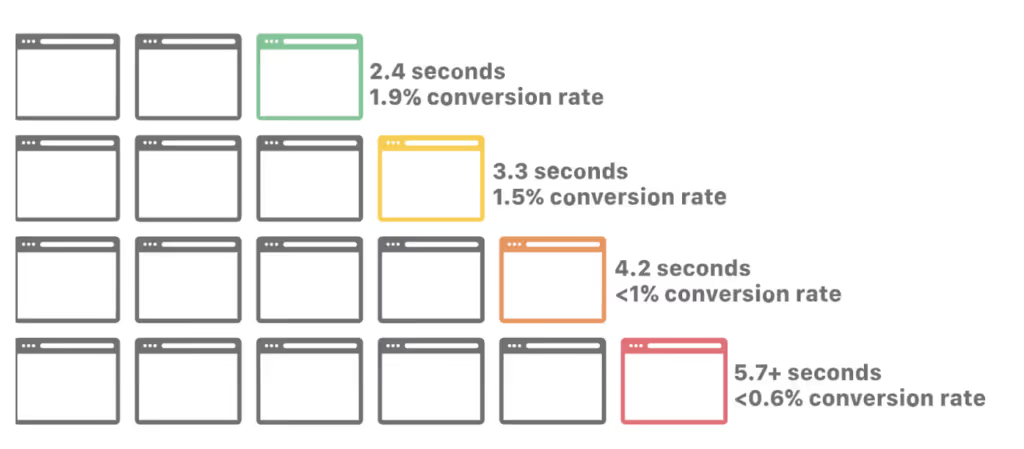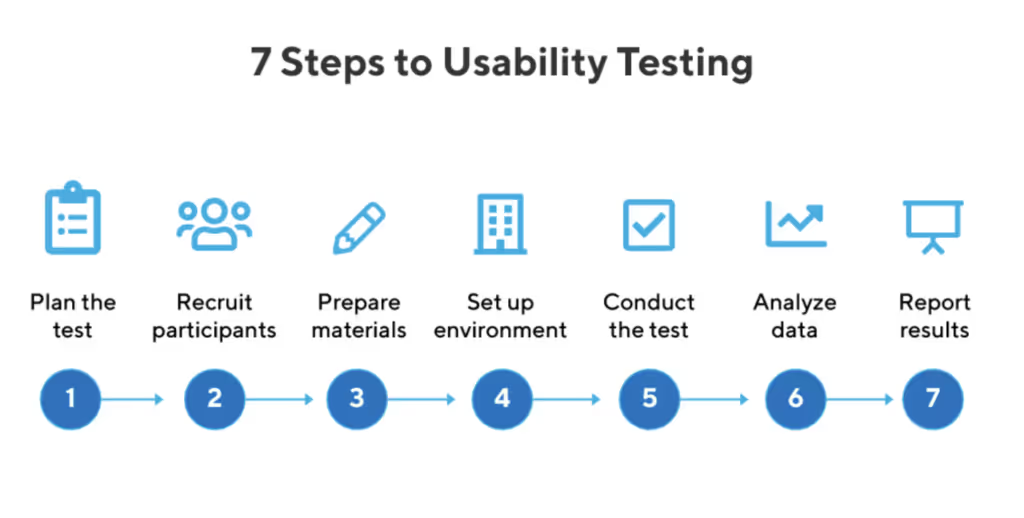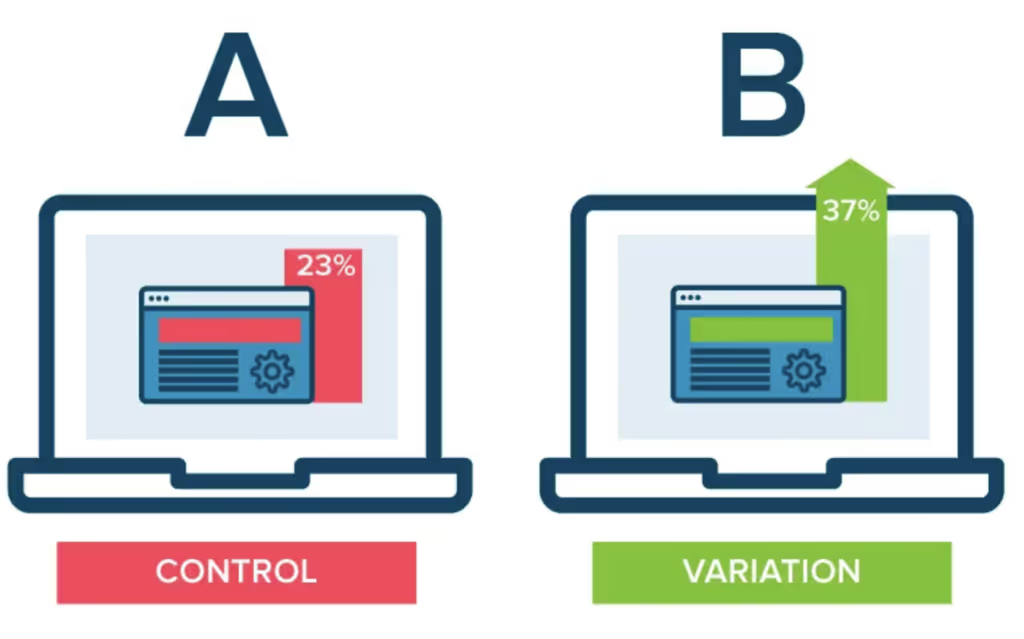Breaking down the impact of web performance on ecommerce conversions

It’s 2023, and online shoppers today have no patience for inefficient, clumsy, or downright frustrating online shopping experiences. Interruptions in navigation, technical glitches, or downtime can cause irreparable friction between you and your potential customers. This disruption not only breeds user frustration but also erodes trust, often resulting in cart abandonment as consumers seek more reliable alternatives.
Although conversion rates vary depending on industries, Web pages that load in 2.4 seconds have been found to maintain an average website conversion rate of 1.9%. However, increasing the loading time to 4.2 seconds causes this rate to plummet to less than 1%. This trend further echoes in B2C ecommerce, where websites that load in just 1 second have conversion rates 2.5 times higher than those taking 5 seconds.

But even if your website has slower loading times, this is not a reason to panic. This article will help you understand how website performance and conversion rates are related and list some actionable steps for achieving a high conversion rate by enhancing your site’s performance.
Decoding website conversion rate
Website conversion rate is a vital metric that determines the percentage of visitors who engage in a specific desired action on a website. This action could range from making a purchase, adding a product to a wishlist or cart, or even contacting a business.
To calculate conversion rate, the number of conversions on a particular webpage is divided by the total number of website visitors. This crucial percentage offers a snapshot of the ease of site usage, efficiency of marketing positioning and value proposition, and the overall user experience the site provides.
A higher online conversion rate is a testament to effective messaging, seamless user journeys, and the alignment of the site's content with its target audience's expectations and preferences. Conversely, a lower-than-average conversion rate or a drastically low conversion rate may hint at underlying issues such as slow page load times, misaligned content, or a mismatch between calls to action and the actual offerings.
Furthermore, it's essential to note that the website conversion rate by industry can differ significantly. For example, the average ecommerce conversion rate isn’t the same as the SaaS conversion rate.
So, what is a good conversion rate?
The overarching average website conversion rate, when considering multiple sectors, lies between 2.35% and 5.31%. Another key aspect that affects ecommerce conversion rate benchmarks is that conversion rates can vary depending on the type of conversion, making it crucial to track different conversions individually.
For businesses and website owners looking to decode their website conversion rates, tools like Google Analytics come highly recommended. Such tools don't just aid in tracking but can also provide insights into areas of improvement, whether it's refining design elements, optimizing load times, or integrating testimonials and other forms of social proof.
Why does website loading speed affect conversion rates?
So, if you’re wondering why page speed is relevant, it has a direct impact on website conversion rates for several reasons:
User expectations and patience
Today's online shoppers expect web pages to load extremely swiftly. Even a minor deviation from this can result in lost potential customers. Human attention span is constantly diminishing and online shoppers have very little patience for poor ecommerce experiences and web pages that are hard to navigate or worse, take too long to load. So, if your digital storefront is not quick to load, your potential customers are likely to lose interest and switch to a competitor.
Increase in bounce rates
Slow-loading web pages experience a higher bounce rate, especially on mobile devices. Online shoppers are quick to drop off if a landing page is slow to load, thus negatively impacting conversion rates. Mobile speed should be prioritized over desktop due to connection disparities. Many users now access sites through mobile devices, and a slower load time on mobile can significantly diminish website conversion rates.

First impressions matter
For many website visitors, the loading speed of a website is their first interaction with a brand or business. Slow speeds can give the impression of unprofessionalism or a lack of care about user experience, influencing their perception of the brand as a whole.
Overall user experience
Page design, layout, and content all influence conversion rates. If a user has to wait for these elements to load, their overall experience diminishes, which can deter them from completing a conversion action.
It’s easy to see why a fast website loading speed is essential for maintaining high conversion rates, as users expect quick and smooth browsing experiences. Optimizing load times can lead to significant revenue gains and an advantage over competitors.
Site speed's impact on search rankings and brand visibility
Site speed, a term referring to how quickly a website loads and becomes interactive, is undeniably a major factor impacting both search rankings and brand visibility.
Here's a breakdown of the key elements surrounding site speed and visibility:
Historical emphasis on speed
Google began emphasizing the page speed ranking factor in 2010. The degree to which it affected rankings became especially pronounced with the introduction of Google's Core Web Vitals in 2018.
Metrics and correlations
While various speed metrics exist, Time to First Byte (TTFB) has shown a strong correlation with higher search rankings. Simpler sites, often of smaller firms, appear to rank higher, possibly due to faster loading times.
Empirical evidence
An experiment, with domains having different page speed scores but equal SEO optimization, showed that the fastest page (green score) reached a #1 ranking in Google. In contrast, slower pages didn't even make the top 50. This experiment emphasized the crucial role speed plays in search engine rankings.
Progressive web apps
PWAs offer a solution to speed challenges, ensuring rapid website experiences regardless of the back-end setup. Their usage can lead to higher user engagement, an increase in website’s conversion rate, and consequently, improved SEO rankings.
Beyond rankings
While speed influences search rankings, it also shapes the broader user experience, affecting website visitation, sharing, and overall satisfaction, which can indirectly boost rankings.
Advanced optimizations to create seamless user journeys that convert better
In the digital era, optimizing the customer journey is imperative for crafting memorable experiences that can drive conversions and brand loyalty. After all, today’s savvy online shoppers have abundant choices, so they’re unlikely to spend their precious time browsing slow or complicated ecommerce sites.
Take a look below for some website conversion rate optimization techniques to ensure better website conversions and seamless user journeys.
Understanding audience needs
Before diving into design, get to grips with the needs and behaviors of your target audience. Utilize user personas and journey mapping to predict and cater to these needs, ensuring intuitive interfaces that keep users engaged.
- Conduct user surveys or interviews to collect qualitative data.
- Create detailed user personas, capturing demographics, behaviors, and pain points.
- Develop journey maps, visualizing user interactions from awareness to conversion.
- Reevaluate user needs regularly, adapting based on evolving trends or customer feedback.
Mobile-first design
With 86% of the global population owning a smartphone, having a mobile-responsive site is paramount. Not only should your website look good on mobile, but it should also offer a seamless experience tailored to mobile users.
- Design mobile interfaces with touch-friendly elements and larger buttons.
- Prioritize essential content, ensuring fast loading times and reduced data consumption.
- Use responsive design techniques, guaranteeing consistency across various screen sizes.
- Test the mobile experience on multiple devices and browsers for compatibility.
Feedback loops
Incorporate mechanisms to provide real-time responses to user actions, ensuring they feel acknowledged and guided.
- Before initiating feedback, outline your aims such as improving user satisfaction or retention. Set KPIs that align with your conversion goal.
- Engage users who rely on feedback widgets, chatbots, email campaigns, or social media to capture both quantitative and qualitative data.
- After feedback collection, use techniques like affinity mapping and thematic analysis to spot trends and patterns.
- Deploy changes based on feedback, measure the impact through tests like split testing, and notify users of the changes, showing you value their input.
Dive deep into analytics
Use advanced analytics tools to understand user behavior and refine the user journey.
- Start by integrating testing tools such as Google Analytics and UXCam into your website or application.
- Categorize users based on behavior, location, or demographics to understand varied user journeys and experiences.
- Using the analytics tools, study user pathways, page views, click-through rates, and drop-off points. This will offer insights into potential bottlenecks or areas for improvement.
- Based on the analytics data, tweak user flow, optimize content, and adjust design elements to provide a smoother and more intuitive user experience.
Usability testing
Leverage both moderated and unmoderated usability sessions to unearth insights. This information can refine interactions, improve the overall customer experience, and ultimately increase conversions.
- Organize moderated usability sessions, gathering in-depth insights on specific aspects.
- Use unmoderated sessions for broader feedback on the overall experience.
- Prioritize iterations based on user feedback, focusing on high-impact areas.
- Regularly schedule usability tests, ensuring updates or redesigns meet user expectations.

A/B testing and feedback
Regularly test different variations of your web pages and gather real user feedback to continuously optimize and adapt to changing user preferences.
- Design two versions of a landing page and track how each of them performs against your key metrics.
- Analyze conversion metrics like website conversion rate, bounce rate, and user retention.
- Once you collect enough statistically significant data, implement the superior variant, continuously refining based on insights.

Integrate AI with social media
AI-driven chat support enhances real-time interactions. Additionally, integrating social media can foster trust and ease of sharing.
- Integrate AI chatbots, offering potential buyers instant support and guidance.
- Utilize social media logins, simplifying the sign-up process.
- Embed social sharing buttons, promoting content virality.
- Monitor social media mentions, engaging users and addressing any concerns proactively.
By embracing these advanced optimization techniques, businesses can create user journeys that not only meet but exceed user expectations, thus increasing conversions, as well as driving satisfaction and brand loyalty.
Final thoughts
In the digital marketplace, every second counts. A slight delay in loading time can significantly impact the quality of user experience on the site. Today’s smart shoppers know what they want and are unlikely to convert on ecommerce sites that offer anything less than a delightful experience.
Prioritizing website speed is not just better to boost conversions, but it's also vital for enhanced user experience, increased brand visibility, and overall business growth. The competitive edge lies with those who recognize and act on the imperative of a fast website.
While there are various elements that businesses focus on to boost conversion rates and ensure success in the digital marketplace, site speed remains an underlying cornerstone. An increase in conversion rates is not just an enhancement but a necessity for sustainable growth in the ever-competitive ecommerce sector.




